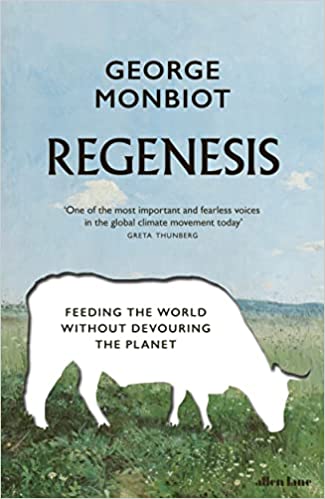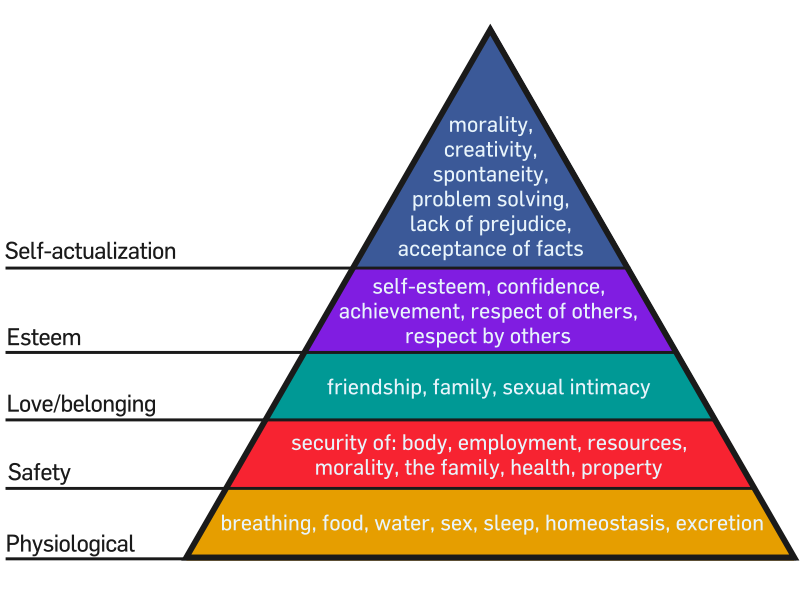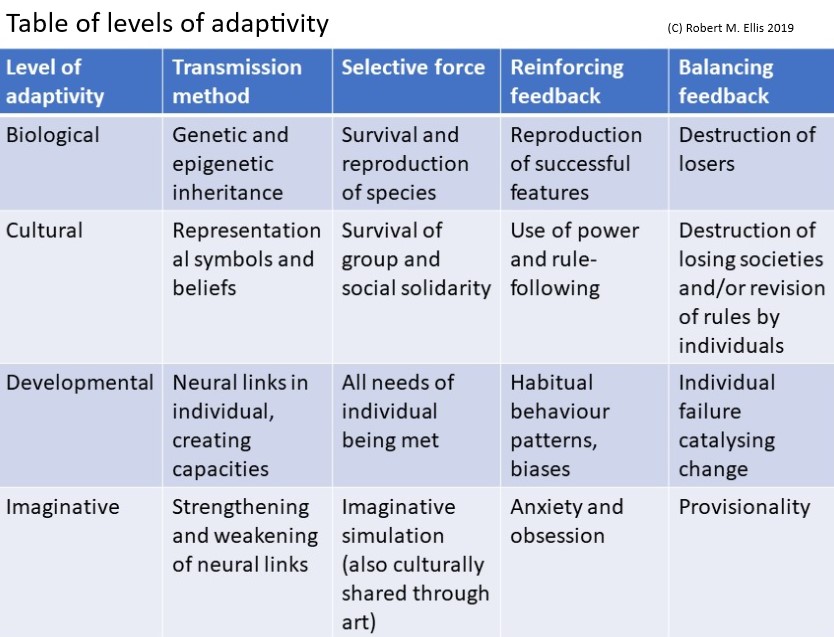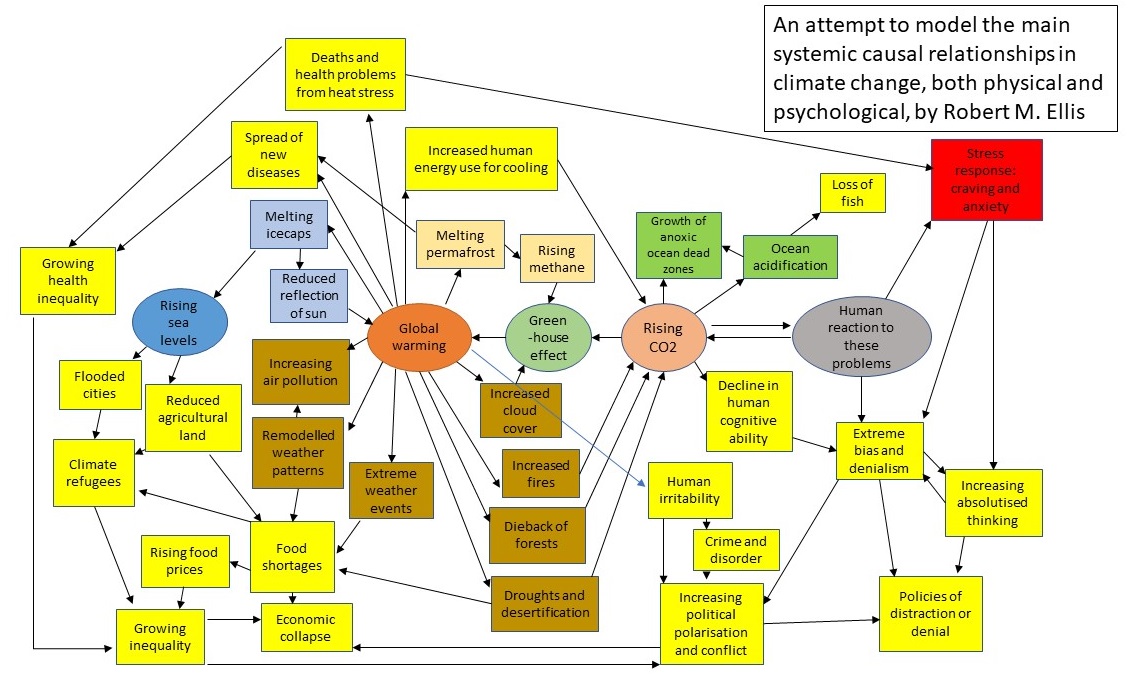A Review of ‘Regenesis’ by George Monbiot (Allan Lane, 2022)
A combination of groundedness, breadth of awareness, balance and a sense of urgency is required to address the highly complex, critical and contested issues around the multiple eco-crisis we are facing. I have been following George Monbiot’s writings for many years, and in 2019 had the privilege of taking part in a podcast interview with him about rewilding. During that time he has only grown into these qualities. His most evident quality as a journalist is his commitment to drawing public attention to the abuses of the rich and powerful, that not only trash the environment but also deny justice to the poor. However, many left-wing journalists are prone to over-simplifying complex issues and getting drawn into tribal one-dimensionality. Monbiot is not. His background in zoology has equipped him with a strong awareness of systems, and of the inter-relationships we all depend on. The fire is always there, but he also examines the science carefully, considers counter-arguments, and references everything assiduously, whilst also producing highly readable prose – no mean achievement. His new book, ‘Regenesis: Feeding the World without Devouring the Planet’ is an exceptional achievement, on a topic of vast importance, that I have been sufficiently impressed by to want to review immediately.

Monbiot’s book is an investigation into how we can address all the competing conditions around food production so as to feed the world without trashing it. That means that all sorts of holy cows (both figurative and literal) need to put firmly into retirement and strongly discouraged from reproducing themselves. The debate around this is full of all sorts of unquestioned absolutizations and entrenched oppositions that can only be addressed by reconsidering the framework in which they are thought about. Monbiot does this by rightly insisting on maintaining the broader question of how the poor of the world are going to be fed alongside that of how environmental destruction from farming can be reduced or eliminated. He does not accept partial answers as final, whether that means organic farming dependent on animal manure, rewilding on the Knepp model with very small numbers of animals culled for meat in a rewilded landscape, or no-till farming that still employs herbicides to clear the unploughed ground for a new crop. All of these models are respected as far as they go – but it is nowhere near far enough to address all the complex conditions we are facing. Monbiot has to constantly employ the Middle Way in practice to find his way through these complex arguments – even though he would probably not call it that, and even still uses the term ‘incremental’ pejoratively. He has to be balanced in a deeper sense of balance, avoiding absolutizations, to be radical in the ways the situation requires.
Monbiot leaves us in no doubt about the urgency and importance of food production as the most important source of our global problems of global heating and loss of biodiversity. 12% of the world’s land area is used to grow crops, and 28% for animal grazing – yet animals fed by grazing alone provide only 1% of the world’s protein, and 43% of those croplands are used to grow food for animals. This means that if everyone adopted a plant-based diet, we could not only eliminate use of land for pasture but also a large proportion of the cropland – freeing up three-quarters of the world’ agricultural land for rewilding (all these figures can be checked on Oxford University’s Our World in Data site). As Monbiot writes:
I have come to see land use as the most important of all environmental questions. I now believe it is the issue that makes the greatest difference to whether terrestrial ecosystems and Earth systems survive or perish. The more land we require, the less is available for other species… and for sustaining the planetary equilibrium states on which our lives depend. (p.77)
One of the reasons that people often underestimate the importance of land use is that they read figures about the contribution of agriculture to global heating that show it to be just one of a number of contributing sources, not the biggest. Its impact on global heating is systematically underestimated, because these figures do not take into account what the land used for agriculture is not doing because it is being used by agriculture – the “opportunity costs” as Monbiot calls them. These opportunity costs are huge, because they mean that around 30% of the world’s land that could be absorbing carbon as forest, wetland etc, is not doing so. When this is pointed out, the farming lobby often responds with exaggerated claims about the levels of carbon absorption in the soil of pasture when optimally managed (including the work of Allan Savory, which Monbiot carefully debunks). According to Monbiot and his references, not only are these claims exaggerated, but the latest research might lead us to question whether carbon can be reliably stored in soil (other than very wet soil or peat) at all. Another reason why people underestimate it is that they consider global heating in isolation from the biodiversity crisis – which is just as pressing. Land use is indisputably the source of the biodiversity crisis: we are just not giving enough space to other life forms.
Monbiot’s reminders of the widest pressing conditions through reliably-sourced statistics form an important backbone of the case in his book, but there is much more to it than that. The first chapter begins much more personally, in an orchard, where Monbiot sits down to look carefully at a small patch of soil, in the process bringing home its complexity. Most of the book consists of a series of encounters with key people who can give him evidence about potential ways forward in the land use crisis. There is Iain Tolhurst, who successfully produces organic fruit and veg on a commercial scale without using animal manure, through the use of wild flower strips to provide cover for pest predators and applications of wood chip to boost fertility. There is Tim Ashton, the no-till grain farmer, and finally Pasi Vainikka, a Finnish developer of revolutionary new food protein through the fermentation of bacteria in vats. It is this final, “farmfree” high-tech solution to meeting humanity’s protein needs that gets the most emphasis in Monbiot’s publicity video for the book (below), but the other figures were to my mind just as interesting and relevant.
The work of Iain Tolhurst (‘Tolly’) is remarkable because it demonstrates the falsity of the insistence often found in organic or permaculturist circles that animal use is always necessary for a sustainable food system. As Monbiot points out, many organic farms thus make themselves dependent on livestock farms as sources of manure, with little checking of how those animals have been treated or what antibiotic residues might be in their manure. More importantly, manure is also a very blunt instrument for fertilizing a crop, providing constant nutrients when the plant needs them more at some times than others: manure can thus contribute greatly to the washing out of excessive nutrients that is in the process of destroying the ecology of many British rivers. ‘Tolly’ by contrast, has not only found ways of limiting pest numbers by harbouring their predators in a biodiverse area of wild flowers near the crop, but also manages to fertilize it successfully through only limited applications of wood chippings. Monbiot’s case is that crops do not need manure – what they need is the gentler nourishment provided by limited plant material at the right time in their development.
As a functional vegan of about 30 years, who is now developing a forest garden for sustainable food production on former pasture land, this was eye-opening. I have often had doubts about the argument that animals are necessary, but have never had sufficient evident to support it, and thus have increasingly considered it a weakness in the vegan case. However, reading Monbiot’s book has made me much more confident in my belief that I can set up sustainable food production in a forest garden without needing animals or (in the long-term) their manure – although for the moment I have inherited a large heap of it with the land. That’s a great relief, as I particularly do not want the time-consuming responsibility of looking after animals, quite apart from the land use issues. In the short term, that means lots of mowing, but in the longer term that will decrease as the land I am working with becomes more effectively forested and covered with other perennials.
Monbiot also discusses the huge value of switching to perennial plants rather than annuals, so that we do not have to keep breaking up the soil with its valuable micro-organisms, earthworms and rhizosphere (zone around roots set up to sustain a plant). I was already very much aware of this from my reading of agroforestry literature – which oddly Monbiot does not mention at all. He starts to make use of a new perennial type of wheat called Kernza, which again was a fascinating discovery for me, but for some reason he does not discuss all the other ways that trees and perennial plants can help to fulfil our needs for not only fruit and nuts, but also potentially legumes and other vegetables, and the ways that agroforestry can create a very biodiverse space that nevertheless produces lots of food. His question may be ‘Can this feed the world?’ and this is a fair enough question, but one that I would have liked to see him address. My own guess for now is that agroforestry can at least make a significant contribution to feeding the world, because although it does not produce commercial quantities of any one foodstuff, it could offer a very sustainable (and low-labour) alternative means of food production for small communities that does not necessarily require large amounts of land (nor necessarily high-quality arable farmland).
Monbiot’s case, however, is that what we need most of all is a ‘new agronomy’, giving us a detailed enough understanding of fertility to be able to reproduce Tolly’s successful experiment in animal-free organic horticulture elsewhere. We also need the rapid development of perennial grain crops, and the development of ‘farmfree’ protein production. We need to stop worrying unnecessarily about ‘food miles’ which a an almost negligible overall effect compared to the impact of land use, but we do need more community ownership and fair trading to counteract the capture of food resources by massive corporate interests. Livestock farmers need to face up to the fact that their industry has no future, but be given help in adapting and diversifying. He thus avoids a series of absolutizing dogmas: the dogmas of those who reject new technology just because it is new, the dogmas of those who think animal farming must be good because it is traditional and enculturated, and the dogmas of those who focus parochially just on one aspect of the complex picture (such as localism) and assume that that is enough to make food production sustainable. Most of all he questions the dogmatism of those who are content to develop small localised sources of organic or permacultural food at a high price, but who dismiss the wider question of how the poor of the world will access the food they need. At no point does Monbiot belittle those who have made these major achievements in making food production more sustainable, but he still points out their limitations, and disagrees with any dogmatic assumption that they are the final solution.
This is a superb book that I think everyone should read, but it is not without its own limitations and mistakes. I have already mentioned the omission of agroforestry, and no doubt many others will have their own favoured solution that they will complain Monbiot either does not consider or does not do justice to. I don’t think he is aiming to be comprehensive, though, only to raise our awareness of some new solutions that we may not have considered very much before. Amongst these, I was not entirely convinced by Monbiot’s degree of enthusiasm for ‘farmfree’ bacterial cultivation. He is right to point out that the use of technology and the ‘yuck’ factor are not grown-up arguments against this. However, enthusiasm for this, as for any new technology whatsoever, needs to be taken with a pinch of salt, until we see how well it works in practice when produced in volume and sold to consumers. There is also the question of how much the use of this technology is really necessary, given that we already have plenty of plant-based meat substitutes providing protein, and that these can be produced on massively less land, with massively less incidental suffering , than their animal equivalents. Time will tell.
On his account of the cultural entrenchment of animal farming, though, I felt there were some basic mistakes. He blames the idealization of animal farming on ‘poetry’ – that is, the strong pastoral tradition that presents the life of the shepherd as a bucolic ideal – and thinks we need more ‘numbers’ and less ‘poetry’. This makes the very basic mistake of confusing meaning and belief – that is, the value of the cultural symbols themselves with the negative effects of the dogmatic beliefs that have become associated with them. Pastoral poetry has inspired generations of readers in all sorts of ways: it is largely archetypal in its effects, meaning that it offers inspiration because of its meaning, independently of the beliefs that may have become associated with particular interpretations of it. Poetry as a whole is not to blame for the interpretation of that poetry as supporting dogmatic beliefs about the absolute value of animal agriculture, only for (at worst) limiting our awareness of its downsides by not making those downsides so meaningful to us. The same point applies in reverse to numbers, which are not in themselves significant at all, and thus not beneficial or otherwise. It is the way the numbers are used, to draw our attention to new conditions by more precisely making us aware of their extent, that is valuable. It is not maths that will save the world (plenty of people have been proficient in maths without doing so), but a broadening of awareness beyond one limited set of interdependent conditions to consider the wider systems in which they are embedded. Behind this error is a more basic, and common, mistake in our culture – the failure to distinguish meaning from belief, and thus credit the value of inspiring cultural symbols without reducing them simplistically to belief effects. Jeremy Lent, whom Monbiot admires as “one of the greatest thinkers of our age” is very much subject to the same limitation: one that I tried to broach with him to some extent in a podcast discussion in 2018.
If Monbiot unthinkingly reproduces a few of the dogmas of our age, however, this is a very minor matter compared to the large number of very important ones that he questions. However others may see him, he is not ideologically ‘left wing’ in any ways that restrict his critical skills, but only in ways that are carefully justified in relation to evidence brought into contact with a wide-ranging compassion. He is also quite literally grounded in a very human appreciation of the soil and of the wider environment – a factor that should not be underestimated. He can write wonderfully, and the message he offers here is extremely important. Whatever its minor defects, I urge you to read this book anyway.






